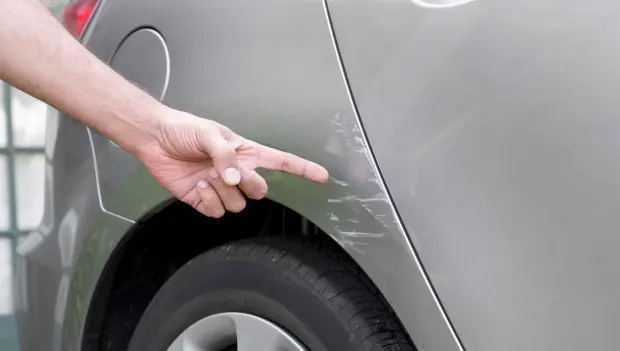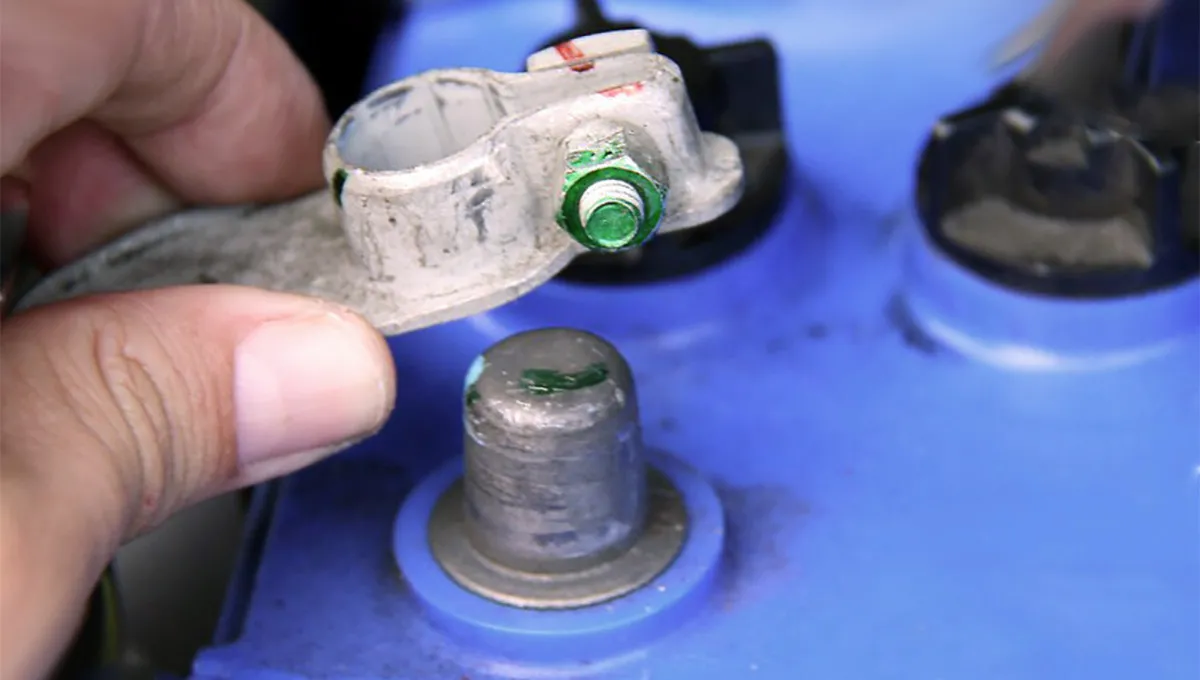DIY Hack for Car Owners: How to Remove Scratches from Your Car at Home
Get rid of scratches without a paint job — real tips that actually work.

You don’t always need a trip to the body shop to remove scratches from your car. With the right tools and a bit of patience, you can restore your paintwork at home. The key is to skip the internet myths about toothpaste or petroleum jelly and use proven techniques instead.
Start by checking how deep the scratch is: if your fingernail catches on it, it’s an actual scratch, not just a paint transfer. Minor surface marks can be polished out, medium ones require light sanding and buffing, and deep scratches usually need touch-up paint.
Experts recommend beginning with wet sanding using 1500–3000 grit sandpaper. Soak the sandpaper in water for 10–15 minutes first to avoid damaging the clear coat. After lightly sanding the area, polish it with a rubbing compound — or use a drill with a soft pad to speed things up. Doing this yourself typically costs around $150–200, while a body shop might charge three to four times more for the same result.
For deeper scratches, use touch-up paint that matches your car’s color and apply it with a flexible spatula or rubber squeegee. Once it dries, level the surface, sand it again, and finish with polish. Finally, apply a layer of wax or ceramic coating to protect your work and restore the shine.
If the scratch has gone down to the metal or primer, however, you’ll need professional repainting — and that can cost several times more, even for just one body panel. Still, in most cases, light scratches can be fixed at home with some patience, water, fine sandpaper, and the right polish.
You may also be interested in the news:

The Start-Stop System Everyone Loves to Hate — Real Fuel Saver or Engine-Wear Myth?
Was this system created to annoy drivers, or does it actually serve a purpose?

Why You Shouldn’t Use Wet Wipes to Clean Your Car’s Interior
How disinfecting wipes can damage leather, screens, and fabric — and what to use instead.

Which Zodiac Signs Are the Boldest — and the Most Unpredictable — Behind the Wheel
Sometimes a driver’s style is written in the stars far more clearly than on the badge of a car.

Many American Mechanics Still Get This Wrong: Which Battery Terminal You Should Disconnect First
Disconnecting the terminals in the wrong order can trigger a short circuit or damage the vehicle’s electronics.
